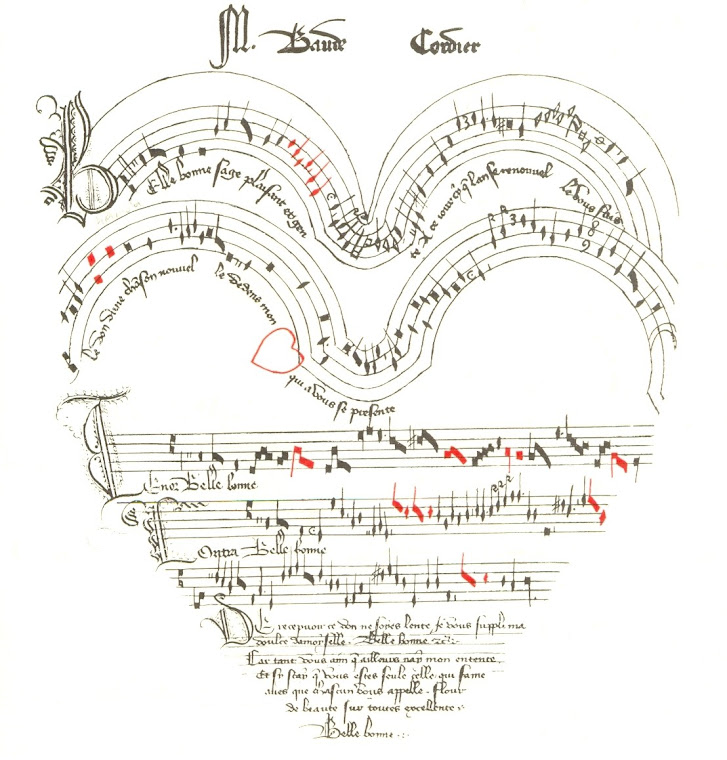MEA CULPA! I FORGOT TO POST THIS THIS MORNING!
The artist can mislead the public more easily than can a man of any other profession, for setting aside the affinity of the herd for all that is superficial, a sort of halo surrounds the painter; he profits by a number of institutions very favourable to mediocrity, which give a certain importance to the métier as such, and are readily turned to account by the adroit
--Julius Meier-Graefe (1867 - 1935) This quote is from 1904.
* * *
I've always been fascinated with Leonard Cohen, and not just because he was a fellow Montrealer: Leonard Cohen: Hippie Troubadour and Forgotten Reactionary
IN THE EARLY ’70s, Leonard Cohen was in crisis. His life felt meaningless, although, in theory, it shouldn’t have. He’d spent the past decade doing all the things people were supposed to do in the ’60s. He’d joined shadowy religious orders and dabbled in Eastern mysticism. He’d written a sexy experimental novel that thrilled the young and enraged the establishment. He’d reinvented himself as a singer-songwriter and played to crowds of ecstatic flower children. He’d taken all the drugs, smoked all the cigarettes, slept in all the iconic hotels—the King Edward, the Chelsea, the Chateau Marmont. If the ’60s counterculture were a mountain, he was the rare mountaineer who’d made it to the summit.
Read the whole thing for a thoughtful look at an artist that has a lot of relevance for us today.
* * *
A problem that refuses to go away: TENOR STOPS MID-CONCERT IN BIRMINGHAM TO STOP PHONE SNAPPERS
The tenor Ian Bostridge shocked Symphony Hall Birmingham last night by stopping after the third song in Britten’s Les Illuminations to denounce the CBSO’s new audience rules, which read:
“We are very happy for you to take photographs and short video clips at our concerts, but please refrain from recording the whole performance.”
Bostridge, a thoughtful, courteous man, stepped forward and – clearly fuming – requested that audience members turn off their phone cameras. He said taking photographs was ‘extremely distracting’ for a performer.
For the love of all that's holy...
* * *
This could well be true: An education in music makes you a better employee. Are recruiters in tune?
One of the most powerful traits instilled by a music education is a deep sense of professionalism. 85% of survey participants identified the trait as the skill that most influenced expectations of themselves and others, and the quality of their work.
A common industry saying about rehearsal reflects this attitude of consistency and punctuality – “early is on time, on time is late, and late is left behind.”
Other notable skills included autonomy and self-direction, resilience and perseverance, and creativity.
Learning an instrument fosters disciplined, focused attention, a highly valuable skill in other contexts. ArtBitz/Shutterstock
Participants attributed the development of these strengths to the disciplined and focused attention required to learn music, and the intrinsic motivation needed to practise and perfect an instrument over a long period of time.
You are not likely to learn these sorts of skills in too many other places.
* * *
You get industrialized mass production: What Happens to Songwriters When AI Can Generate Music?
If you think 100,000 songs a day going into the market is a big number, “you have no idea what’s coming next,” says Alex Mitchell, founder/CEO of Boomy, a music creation platform that can compose an instrumental at the click of an icon.
Boomy is one of many so-called “generative artificial intelligence” music companies — others include Soundful, BandLab’s SongStarter and Authentic Artists — founded to democratize songwriting and production even more than the synthesizer did in the 1970s, the drum machine in the ’80s and ’90s, digital audio workstations in the 2000s and sample and beat libraries in the 2010s.
* * *
Our first envoi really has to be Leonard Cohen:
Here is Ian Bostridge with Britten's Les Illuminations, op. 18
Here is a piece you rarely hear, the Septet in E flat major by Beethoven:
And now, if you will excuse me I have to go decolonize my bookshelf.
